David Introcaso in The Hill:
 The social cost of greenhouse gas (GHG) emissions, considered the single most important measure in addressing the climate crisis, is generally defined as an estimate of societal damages, including health harms, resulting from unpaid or externalized GHG emissions. Researchers have been calculating this cost for several decades. Federal agencies began regularly incorporating the social cost of these emissions in 2008 — today, more than 80 federal regulations reflect its use.
The social cost of greenhouse gas (GHG) emissions, considered the single most important measure in addressing the climate crisis, is generally defined as an estimate of societal damages, including health harms, resulting from unpaid or externalized GHG emissions. Researchers have been calculating this cost for several decades. Federal agencies began regularly incorporating the social cost of these emissions in 2008 — today, more than 80 federal regulations reflect its use.
Despite the fact that GHG emissions are defined as the greatest threat to human health this century, the social cost of the health care industry’s emissions has somehow escaped the interest of the Department of Health and Human Services (HHS).
This is difficult to comprehend, since the health care industry emits an enormous amount of GHG pollution.
More here.

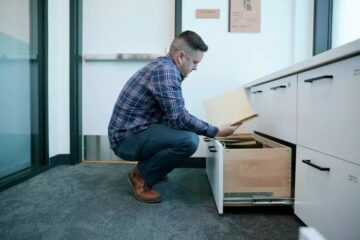 Hutchison wore the trash company’s jumpsuit, cap and reflective vest, and he sported a few days of beard stubble. He was collecting trash hoping to find something valuable: the DNA of a person who might prove to be a suspect in the sexual assault and murder of an 18-year-old security guard in Sunnyvale in 1969.
Hutchison wore the trash company’s jumpsuit, cap and reflective vest, and he sported a few days of beard stubble. He was collecting trash hoping to find something valuable: the DNA of a person who might prove to be a suspect in the sexual assault and murder of an 18-year-old security guard in Sunnyvale in 1969. Watching lawyers for
Watching lawyers for 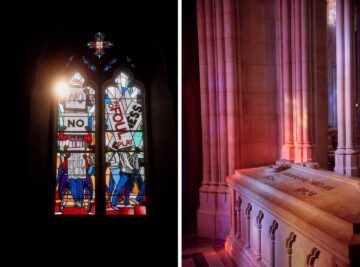 On March 31, 1968, days before he would be assassinated, the Rev. Martin Luther King Jr.
On March 31, 1968, days before he would be assassinated, the Rev. Martin Luther King Jr. 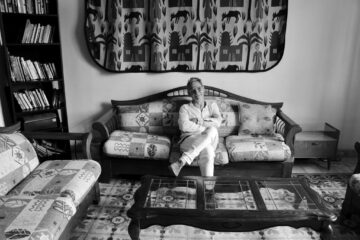 The Mexican writer Álvaro Enrigue’s new novel has a soft, nebulous title: “You Dreamed of Empires.” Its cover is forgettable, too. Like nearly every book on the New Fiction table, it is all wavy patterns and beach-towel colors. This generic look has come to promise a) bright settings and b) young characters out to conquer racial and sexual threats as they perceive them. This would be excellent were it not for, as often as not, c) writing in which one is instructed how to feel at almost every moment.
The Mexican writer Álvaro Enrigue’s new novel has a soft, nebulous title: “You Dreamed of Empires.” Its cover is forgettable, too. Like nearly every book on the New Fiction table, it is all wavy patterns and beach-towel colors. This generic look has come to promise a) bright settings and b) young characters out to conquer racial and sexual threats as they perceive them. This would be excellent were it not for, as often as not, c) writing in which one is instructed how to feel at almost every moment.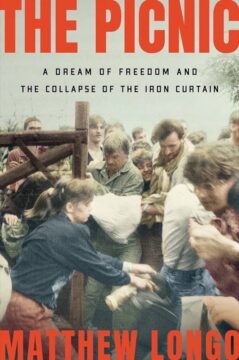 A
A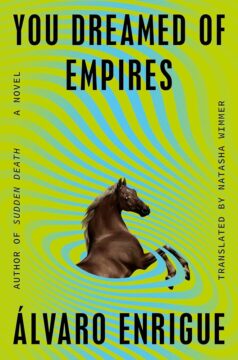 The Aug. 13, 2021 edition of The New York Times failed to mention the 500th anniversary of the fall of Tenochtitlan, the erstwhile Aztec capital out of which Mexico City was born. Álvaro Enrigue noticed. Of course.
The Aug. 13, 2021 edition of The New York Times failed to mention the 500th anniversary of the fall of Tenochtitlan, the erstwhile Aztec capital out of which Mexico City was born. Álvaro Enrigue noticed. Of course. Ryan Crownholm, a middle-aged Army veteran with luminous green eyes and a strong jawline, likes to describe himself as a health hacker. He has written on LinkedIn that, after founding and running several construction-related companies, he started to think of his own body as a data source. During the pandemic, he attached a continuous glucose monitor to his skin, bought an
Ryan Crownholm, a middle-aged Army veteran with luminous green eyes and a strong jawline, likes to describe himself as a health hacker. He has written on LinkedIn that, after founding and running several construction-related companies, he started to think of his own body as a data source. During the pandemic, he attached a continuous glucose monitor to his skin, bought an 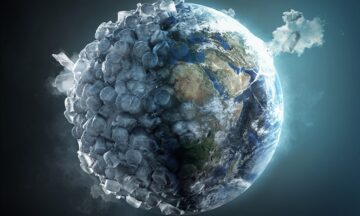 O
O Douglas Adams called him “the greatest comic writer ever.” Hilaire Belloc went so far as to pronounce him “the best living writer of English,” and rather than retract that excessive praise he explained it. P.G. Wodehouse had perfectly accomplished what he set out to do: create and sustain a world that would amuse us.
Douglas Adams called him “the greatest comic writer ever.” Hilaire Belloc went so far as to pronounce him “the best living writer of English,” and rather than retract that excessive praise he explained it. P.G. Wodehouse had perfectly accomplished what he set out to do: create and sustain a world that would amuse us.